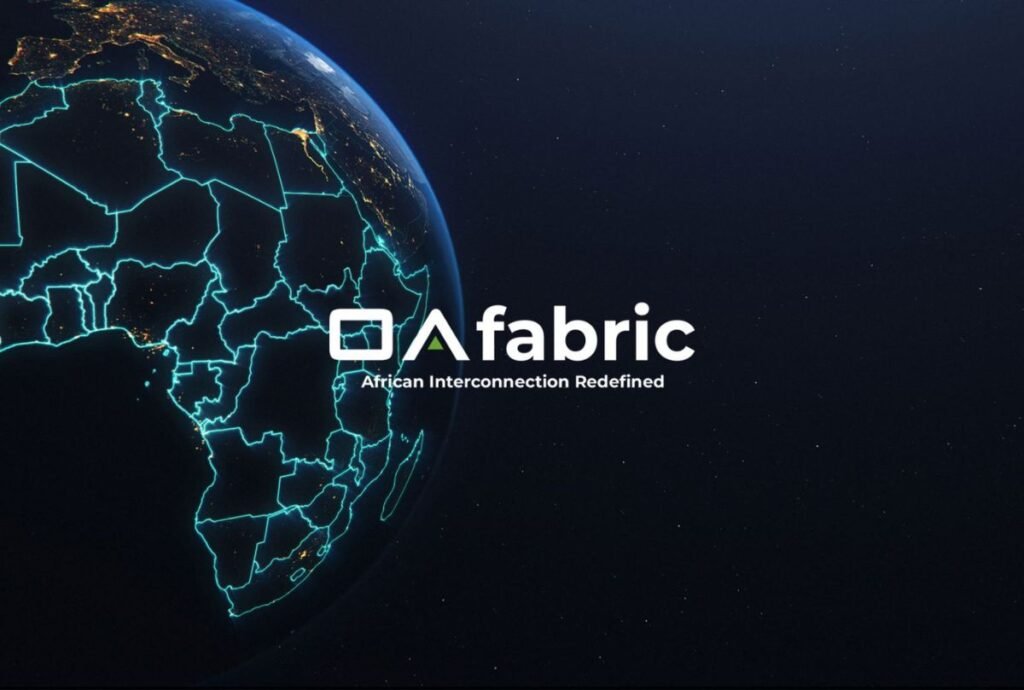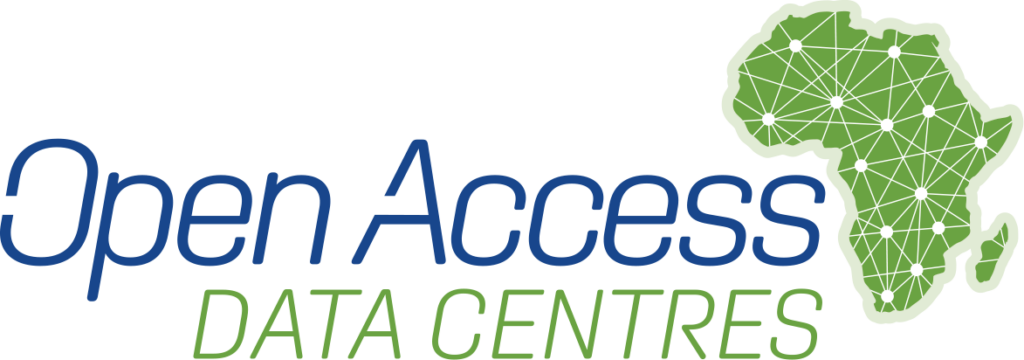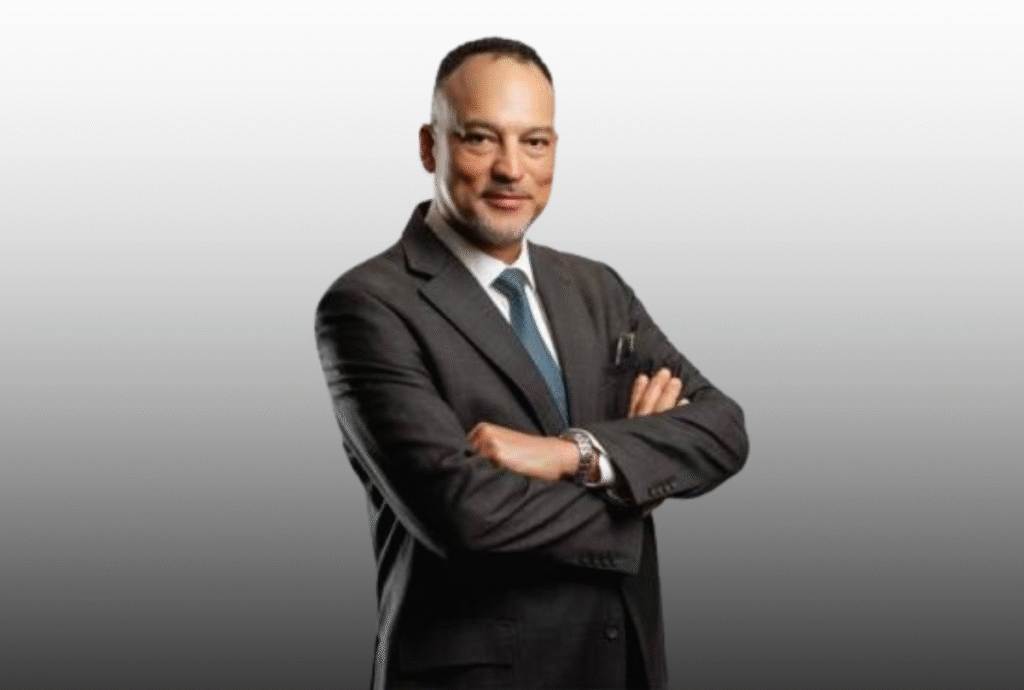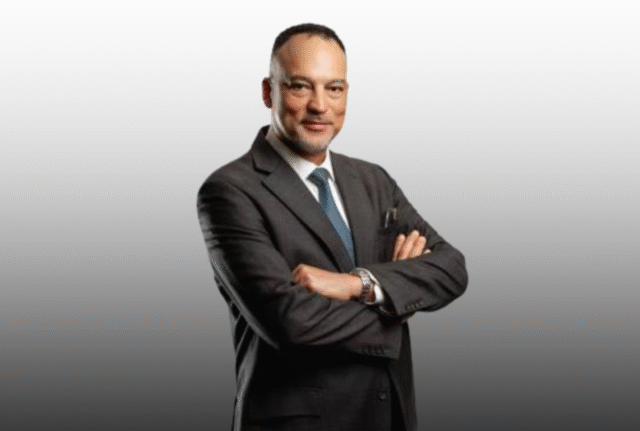Africa’s digital economy is evolving at a fast pace, but many businesses still struggle with the high costs, patchy infrastructure, and complex regulations that limit their ability to scale. In response, Open Access Data Centres (OADC), one of Africa’s fastest-growing carrier-neutral operators, has unveiled a new platform called Open Access Fabric (OAfabric).
The platform is already live in Nigeria through OADC Lagos and in the Democratic Republic of Congo (DRC) through OADC Texaf – Kinshasa, offering a fresh approach to cloud connectivity and digital interconnection. By design, OAfabric is more than just an infrastructure upgrade. It is a collaborative, open-access platform that makes it easier for companies to reduce costs, access cloud services, and accelerate digital transformation.
Dr. Ayotunde Coker, the Chief Executive Officer of OADC, explained the motivation clearly: “We designed OAfabric around the real challenges African businesses face. It is about solving problems – reducing the cost to compute, improving performance, unlocking access to cloud and content, and creating an environment where companies can scale with confidence while accelerating time to market.”
Table of Contents

Tackling Africa’s Digital Barriers Head-On
For decades, African organisations have faced serious roadblocks in their digital journeys. Among the most common are:
- High internet transit costs that make online services expensive and limit adoption.
- Latency and poor performance caused by unreliable international routes.
- Infrastructure gaps such as limited colocation facilities, unstable power supply, and cooling challenges.
- Security and regulatory concerns, including data sovereignty issues that restrict cloud adoption.
- Costly computing environments, where bandwidth and cloud services remain unaffordable for many businesses.
Instead of simply building more data centres, OAfabric takes a different approach. It changes how digital ecosystems work by creating a neutral, collaborative environment where telcos, enterprises, cloud providers, and content platforms can interconnect directly.
This model has clear advantages. For instance, a business that previously had to rely on expensive international routes to deliver its services can now peer directly with global and local providers through OAfabric. That means faster speeds, lower costs, and a more consistent user experience.
For companies worried about compliance or data sovereignty, OAfabric provides secure pathways that ensure data remains local and within regulatory frameworks. And for innovators trying to launch or scale new digital services, the platform creates an ecosystem where expansion is faster, more affordable, and less risky.
As Dr. Coker put it, “OAfabric is not just infrastructure; it represents a shift in what is possible for Africa’s digital economy. By removing barriers and enabling seamless, high-performance peering between key ecosystems, including local and global Internet Exchange Points, content providers, cloud platforms and enterprises, it provides the frictionless interconnection needed to access digital services more efficiently.”

Why This Matters for Nigeria and the DRC
The decision to launch OAfabric first in Nigeria and the DRC is not by chance. Both countries represent huge opportunities but also share significant challenges.
Nigeria, with over 220 million people and one of the largest digital economies in Africa, has long battled with unreliable internet speeds and high data costs. Businesses in Lagos, especially tech start-ups and financial institutions, need fast, affordable, and secure access to cloud services if they want to compete globally. OAfabric’s presence in OADC Lagos offers them a direct gateway to international and local cloud providers, potentially levelling the playing field.
In the DRC, the story is similar but with even steeper hurdles. The country’s vast geography and underdeveloped digital infrastructure have made reliable connectivity a challenge. By hosting OAfabric at OADC Texaf – Kinshasa, businesses there gain access to a much-needed digital ecosystem that can attract investment and support innovation.
Both launches also align with Africa’s broader ambition to reduce dependence on foreign infrastructure. By building resilient, locally operated platforms, countries can strengthen digital sovereignty, cut costs, and create jobs in their local economies.
The Bigger Picture: Driving Africa’s Digital Growth
The introduction of OAfabric is not just about solving today’s connectivity issues; it is about reshaping Africa’s digital future.
Across the continent, demand for cloud computing, fintech services, streaming platforms, and e-commerce is surging. Yet, without efficient interconnection and affordable cloud access, these industries cannot reach their full potential. OAfabric directly addresses this gap by providing a shared infrastructure layer where different digital players can collaborate instead of competing on basic connectivity.
This approach is expected to:
- Reduce costs for enterprises by lowering transit and bandwidth expenses.
- Improve performance and reliability through low-latency interconnections.
- Encourage cloud adoption by offering compliant and secure data pathways.
- Accelerate innovation by making it easier and cheaper to launch new services.
- Support regional integration by linking markets across Africa more effectively.
The platform also positions OADC as a key enabler of Africa’s digital transformation. By combining carrier-neutral data centres with OAfabric’s collaborative ecosystem, OADC is building the foundation for what could become a continental digital backbone.
Looking ahead, OADC has signalled plans to expand OAfabric into new African markets, extending its reach and reinforcing its role as a catalyst for growth. If successful, the platform could help Africa leapfrog some of the structural barriers that have slowed its digital progress for years.

Conclusion: A Turning Point for Africa’s Digital Economy
The launch of OAfabric in Nigeria and the DRC marks an important milestone. It demonstrates how African-led innovation can solve African problems by rethinking connectivity, cloud access, and digital ecosystems.
For businesses, the message is clear: the tools to scale affordably and reliably are finally within reach. For governments and regulators, OAfabric shows that building open, collaborative, and carrier-neutral platforms is a practical way to accelerate digital transformation.
Most importantly, for millions of Africans who rely on digital services daily — from banking apps to online education and streaming — the benefits of better connectivity, lower costs, and faster access could be transformative.
As Dr. Coker rightly summarised, OAfabric is about replacing “complexity with simplicity, cost with value and fragmentation with integration.” In other words, it is a step towards a future where Africa’s digital economy can thrive on its own terms.
Join Our Social Media Channels:
WhatsApp: NaijaEyes
Facebook: NaijaEyes
Twitter: NaijaEyes
Instagram: NaijaEyes
TikTok: NaijaEyes





